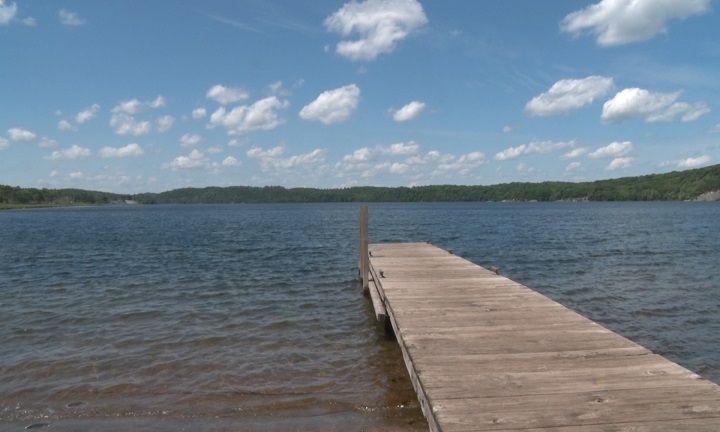
If the larvae find one of these snails, they infect the snail, multiply and undergo further development. These larvae swim in the water in search of a certain species of aquatic snail. If the eggs land in or are washed into the water, the eggs hatch, releasing small, free-swimming microscopic larvae. The parasites produce eggs that are passed in the feces of infected birds or mammals.

The adult parasite lives in the blood of infected animals such as ducks, geese, gulls, swans, and certain mammals such as muskrats and raccoons. How does water become infested with the parasite? Swimmer’s itch is found throughout the world and is more frequent during summer months.
SWIMMERS ITCH MICHIGAN 2019 SKIN
While the parasite’s preferred host is the specific bird or mammal, if the parasite comes into contact with a swimmer, it burrows into the skin causing an allergic reaction and rash. These parasites are released from infected snails into fresh and salt water (such as lakes, ponds, and oceans). Swimmer’s itch, also called cercarial dermatitis, appears as a skin rash caused by an allergic reaction to certain microscopic parasites that infect some birds and mammals. If you’re hanging out in the shallow area of a lake, pond or ocean, you may become the host! The Centers for Disease Control and Prevention (CDC) provides answers to some frequently asked questions about swimmer’s itch.


Who doesn’t love a good dip in the lake on a hot summer day? Well, certain microscopic parasites seem to like it and are just looking for a host to latch on to.


 0 kommentar(er)
0 kommentar(er)
